I have two PCB that i have to interconect. In the first one it is R1 (pull-up resistor) in the second one is R2 (pull-up). The yellow rectangle represents the interface between boards. My questions are:
- Which would be the value of the parallel resistors with different Vcc? In theory you cannot connect voltage sources with different values in parallel so I don't know how to calculate both the parallel resistor value and the equivalent-parallel voltage value.
- The maximum GPIO voltage of the first (left) board (for the microprocessor) is 3V, would this configuration connecting to other pull up to +3.3V break the microprocessor?

